
The Final 3: Who Will Qualify For The Candidates 2022?
Two legs down, one to go in the 2022 FIDE Grand Prix, and the race for a spot in the Candidates Tournament this summer. It's been a great event so far, and the most dramatic part is coming up beginning March 22. Our goal here is to outline the more realistic scenarios for each player to reach the Candidates.
Even that gets pretty complicated, but it'll bring you to a better understanding of all the implications of the event as it unfolds.

Late on the Friday before the leg was to start, shocking news broke: GM Andrey Esipenko had replaced GM Dmitry Andreikin in the Grand Prix, with Andreikin citing personal reasons. While a lot of the odds of various outcomes shifted, the underlying arithmetic of the standings themselves did not change.
The upshot of the replacement is this simple fact: Andreikin had 10 points in the standings but Esipenko only has four. This of course means that Esipenko has less of a chance than Andreikin did, but it also means the rest of the field benefits proportionally.
Monday's additional bombshell news of the banning of GM Sergey Karjakin from the Candidates, and all other FIDE events for the next six months, opened up an additional spot in the Candidates. That gives the higher-rated players in the Grand Prix another avenue for the Candidates, which we will also discuss in this article.
- The Situation
- 20 Points: Rapport Nearly Assured
- 13 Points: Nakamura Controls Destiny
- 10 Points: Aronian Also In Control Of Fate
- 7 Points: Solid Chances... If They Win (Dominguez, Vachier-Lagrave, Giri)
- 4 Points: Real Chances, But Needing Help (So, Shankland, Esipenko)
- 3 Points: Remote Chances (Mamedyarov, Dubov, Predke, Vitiugov, Tabatabaei)
- 0 Points: Virtually Eliminated (Oparin, Keymer, Yu)
- Elephant In The Room: The Karjakin Situation
- Conclusion
The Situation
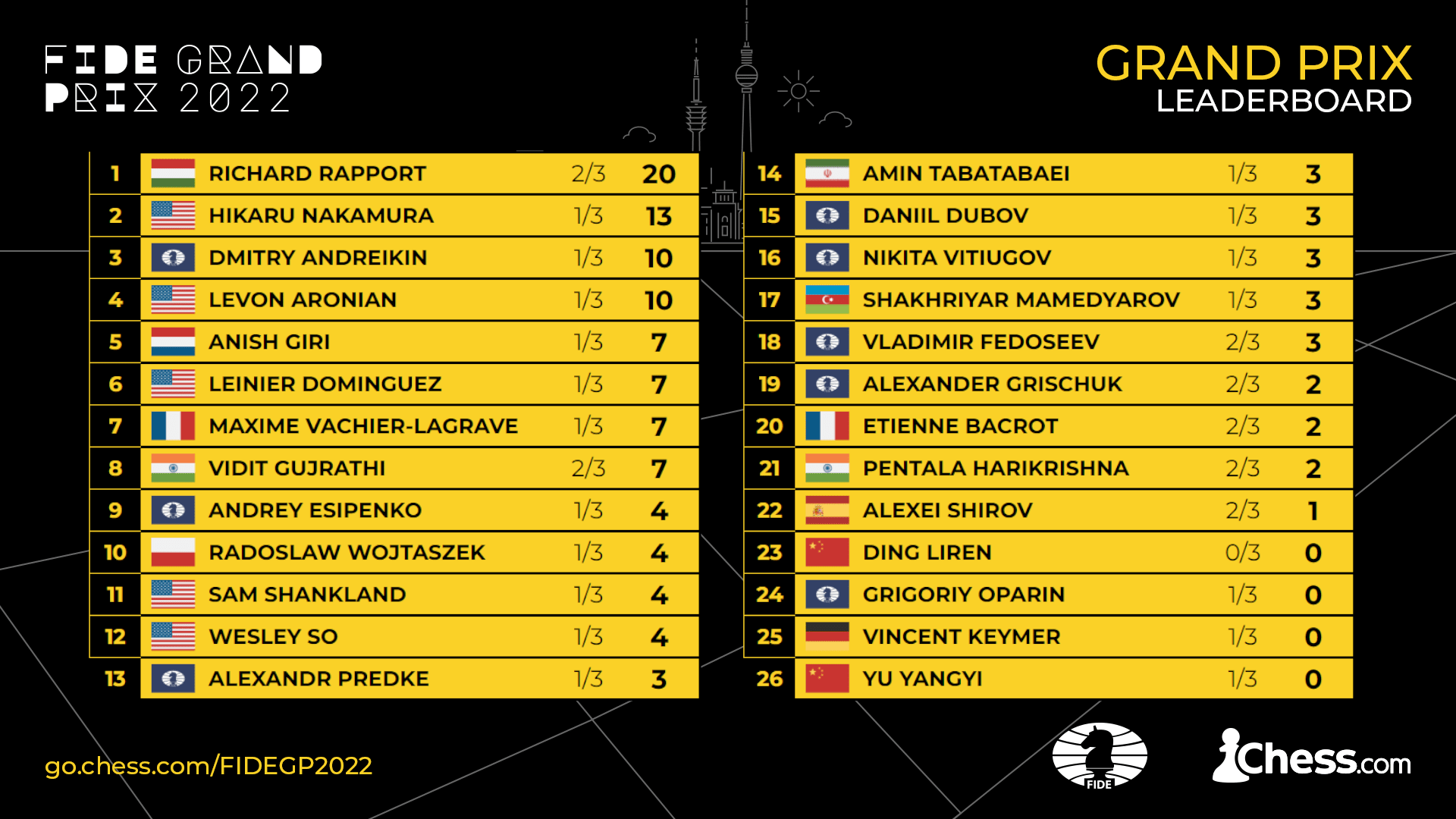
The group drawings drew some controversy when Group A ended up stacked with players at the top of the standings. However, the drawings were based on rating alone, so FIDE could have selected all three legs before the first leg started, and the results would have been the exact same (excepting, like, quantum considerations or something). Really, it's a non-issue, and in fact it simplifies the various scenarios for our purposes here.
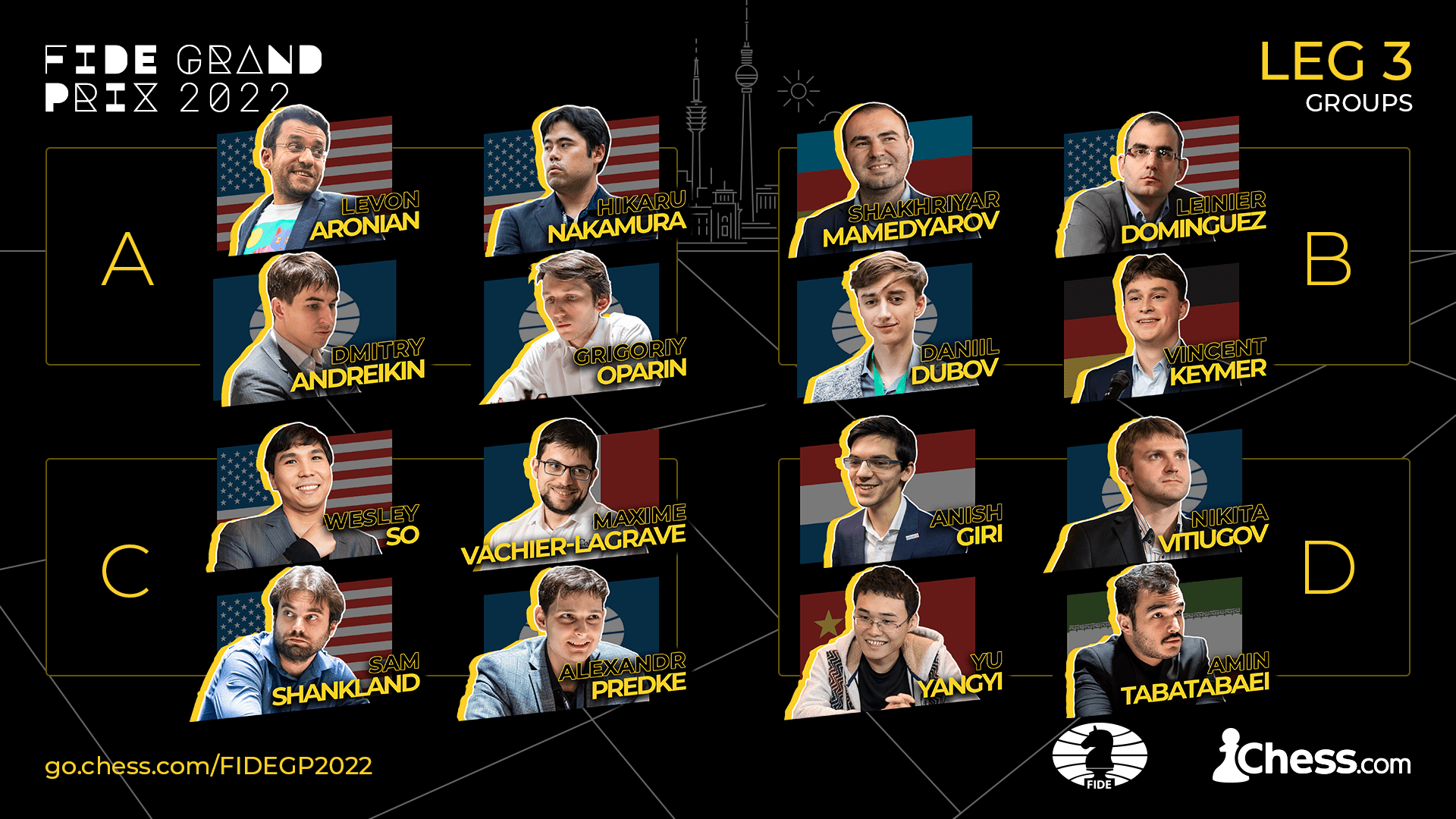
The ramifications for the Candidates tournament are easiest to understand if you combine these two graphics by putting every Leg 3 participant, plus Grand Prix leader GM Richard Rapport, into sets based on their current score, then analyze each set. Group in parentheses:
- 20: Rapport
- 13: GM Hikaru Nakamura (A)
- 10: GM Levon Aronian (A), GM Dmitry Andrekin (A)
- 7: GM Leinier Dominguez (B), GM Maxime Vachier-Lagrave (C), GM Anish Giri (D)
- 4: GM Wesley So (C), GM Sam Shankland (C), GM Andrey Esipenko (A)
- 3: GM Shakhriyar Mamedyarov (B), GM Daniil Dubov (B), Alexander Predke (C), GM Nikita Vitiugov (D), GM Amin Tabatabaei (D)
- 0: GM Grigoriy Oparin (A), GM Vincent Keymer (B), GM Yu Yangyi (D)
We'll also list the tiebreaks here, but it would be too much to break down every single way they could shake out so you don't strictly need them to follow along with this article.
- Tournaments won
- Tournaments finished 2nd (almost irrelevant the way this Grand Prix has shaken out)
- Game points (1 for a win, 0.5 for a draw, counting both group and knockout stages)
- Games won (also counting both group and knockout stages)
- Drawing of lots
20 Points: Rapport Nearly Assured
Rapport can only miss the Candidates if someone on seven points wins the third leg and either Nakamura makes the semifinals, or Aronian makes the finals. Because only one player in Group A can advance to the knockout and no one outside that group has more than seven points, Rapport is in excellent shape. As you'll see, he doesn't even have to worry if Aronian ties him at 20 points.
The former option, where someone with seven ties Rapport at 20 points by winning, would be decided by the game points or games won tiebreaks. And if someone on seven beats Nakamura in the final—which can't be Dominguez, as the Group A and B winners face each other in the semis—and passes Rapport in the tiebreaks, then Rapport is out. But that's a very specific situation.
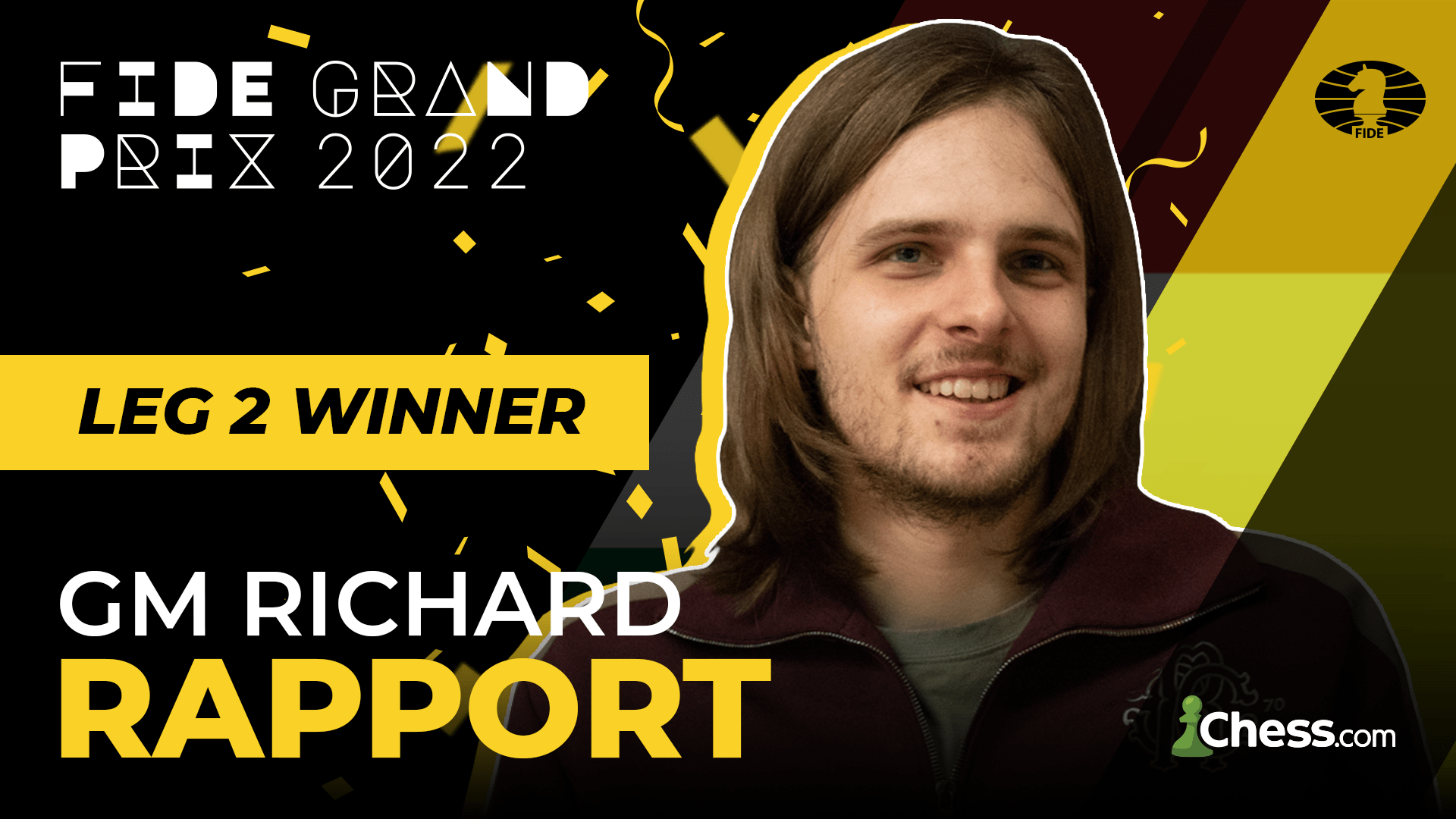
The real question, effectively, is who is joining Rapport in the Candidates. And that is a much more complicated question.
13 Points: Nakamura Controls Destiny
Nakamura only needs to make the final to pass Rapport in the standings and reach the Candidates. Winning the leg would just be a bonus for him, but against certain opponents it's actually more important for Rapport, who wouldn't need tiebreaks to fall his way.
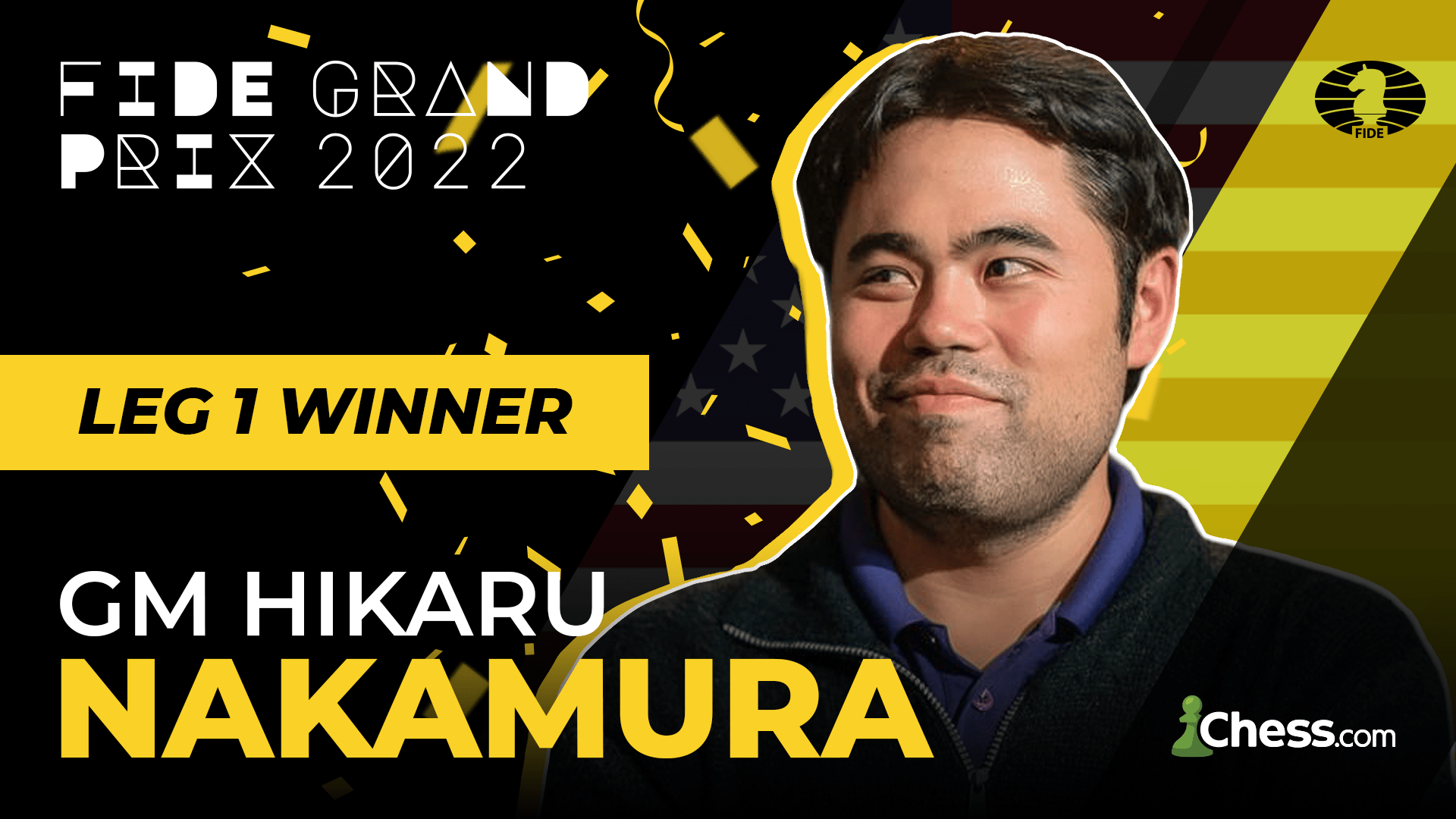
If Nakamura makes the semifinals it comes down to the particulars of tiebreaks between him, Rapport, and Giri, Vachier-Lagrave, or Dominguez if they are the leg 3 winner. If it's someone else, Nakamura is in the clear.
Nakamura can also finish second in the group and join Rapport in the Candidates, but it again would take us to complicated tiebreaks or specific knockout results for that to happen. Finish third, fourth, or tied for second, and Nakamura faces a heavy uphill battle. Yes, he can even finish in last place and make the Candidates, but it's so unlikely that your eyes would probably glaze over trying to read all the necessary contingencies. I know mine nearly did.
10 Points: Also In Control Of Fate
Win the leg and you're in, Aronian!
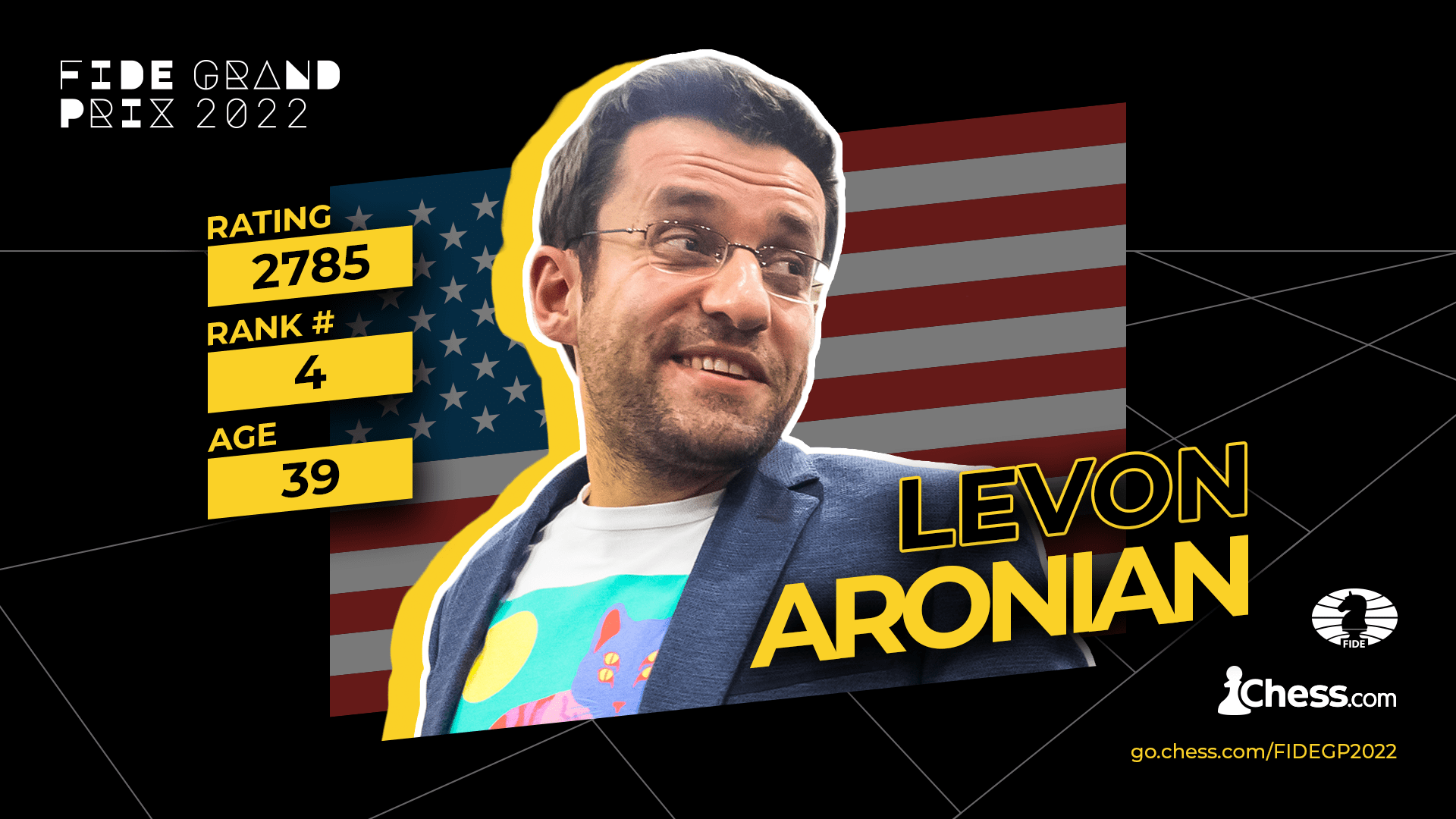
Unlike Nakamura, if he loses in the final to someone currently on seven, Aronian is out. That's because while he technically ends up in a three-way tie this way, he doesn't really: he's not won a leg, but the other two players have. This is the easiest tiebreak situation to decipher since it doesn't depend on long-forgotten events like who beat who in the second game of the first leg.
He's still in if no one ties him or Rapport—in other words, if Aronian loses in the final to someone currently on less than seven points.
Aronian can make it with just a semifinal appearance, which becomes frighteningly possible if he loses to Mamedyarov or Dubov emerging past Dominguez from Group B. Then Aronian would be in unless Vachier-Lagrave or Giri wins the final, or makes the final and gets him on tiebreaks.
Aronian can even finish second in his group but still advance, but it's unlikely and comes down to several tiebreaks in various esoteric scenarios.
7 Points: Solid Chances... If They Win
Vidit, of course, has already played two legs so he's out. For the other three players on seven, however, a win and they're in—unless Nakamura makes the semifinals. Then those pesky "game point" and "games won" tiebreaks come in to play again, unless they get locked out by Nakamura winning in the semis. In which case they still need tiebreaks to work out in their favor, only against Rapport instead of Nakamura.
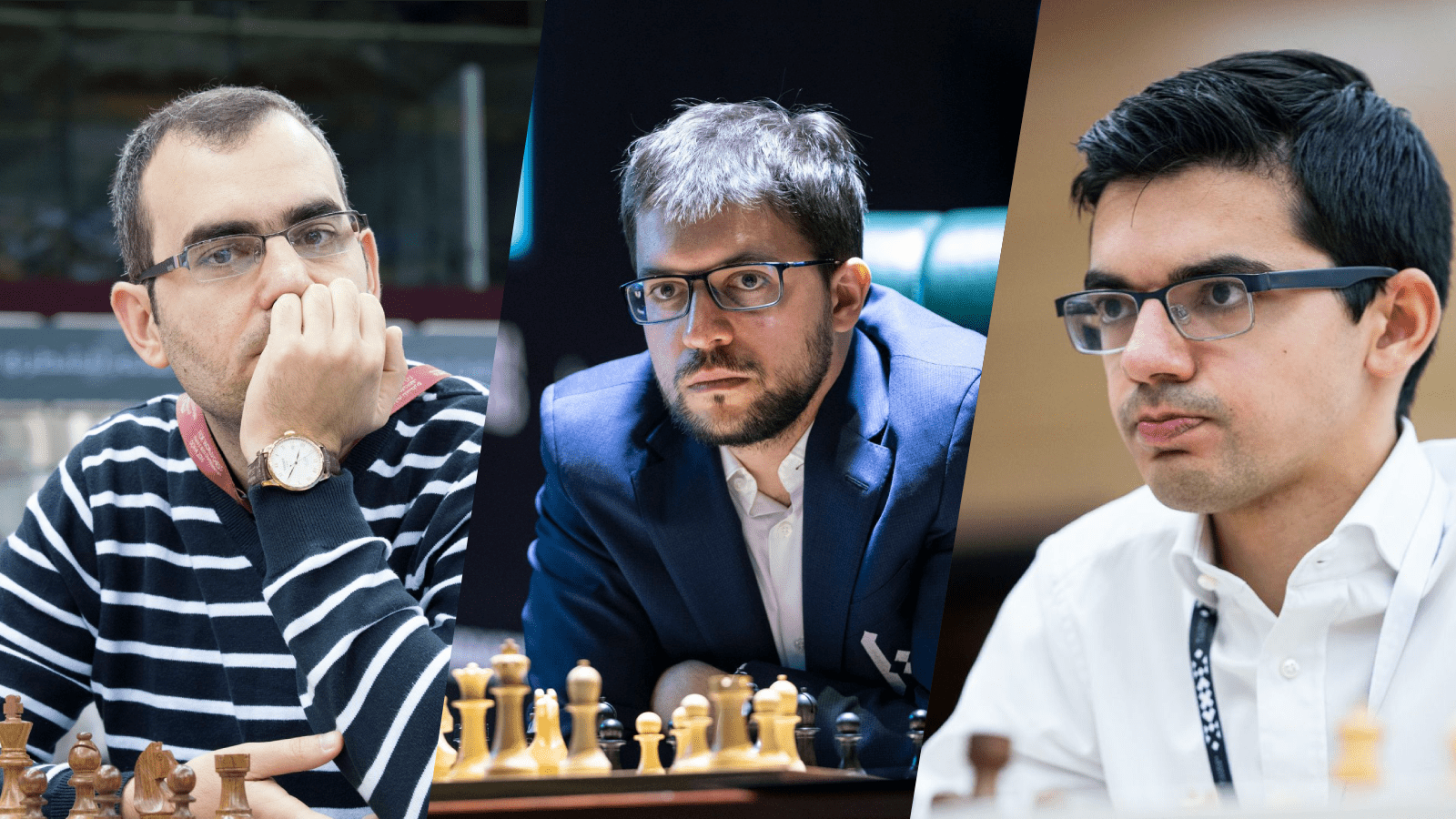
If Aronian wins Group A but loses in the semis, then the Dominguez/Vachier-Lagrave/Giri contingent can also become a candidate by just making the final, if they're the only one of the three to do so and tiebreaks work out in their favor.
If Esipenko (or Oparin) wins Group A, then the path is clearer for this contingent, especially Dominguez who would get a chance to knock out the Group A winner out himself.
14 points could theoretically make the Candidates too but we're not going to talk about that. Oparin could win Group A but a whole bunch of other stuff would also have to go right for this to even matter.
4 Points: Real Chances, But Needing Help
Players with four points—among non-replacement players, that's So, Shankland, and now Esipenko too—can theoretically still make the Candidates by winning the third leg and reaching 17 points. But their opponent there can't be an Nakamura or Aronian, period; or, depending on tiebreaks, a player on seven. Now if Aronian wins Group A and loses in the semifinals, he would also have 17 but lose the "tournaments won" tiebreaker to So or Shankland.
For this to all work out, Nakamura would also have to have tied for second or worse in the group, or sole second but with worse overall tiebreaks.

Esipenko's entry into the tournament eliminated another quirk of the groupings, in which both four-pointers had been in Group C. It remains the case that So or Shankland winning the leg keeps Vachier-Lagrave and Giri below 17 points since those players would have faced off in the semis, while the four-pointers would still need tiebreaks if facing Dominguez in the final. But Esipenko has to worry about two potential final opponents who could keep him out on tiebreaks.
An appearance in the final for 14 points can also get those on four points into the Candidates, but it's... not likely.

3 Points: Chances Remote
Having three points is so much worse than having four. The reason is simple math. Someone who loses in the semifinals once and loses in the final once gets 17 points total (7+10). By winning the third leg, a player on four points would tie them at 17, but a player who wins a leg after getting only three points is on 16 and out of luck.
That means a player on three not only has to win the entire leg, but nobody on seven points can even make the final. Not only that, but Nakamura and Aronian can't win Group A. If they do, they're also on at least 17 points and shut out this section of the field.

For these reasons, players on three are way more important as spoilers. Consider this possibility: Aronian wins Group A while Nakamura finishes third; Mamedyarov or Dubov wins the entire thing; facing either Giri or Vachier-Lagrave in the final. In this case, who joins Rapport comes down to the tiebreaks between Aronian vs. Giri/Vachier-Lagrave. (But if all that after Nakamura finished sole second in the group stage, he's in as the only player on 17 who also won a leg.)
Another unfortunate coincidence of the group drawings is that you could have a situation where Mamedyarov or Dubov is in the final with no chance of making the Candidates, but with a chance to lose to Giri or Vachier-Lagrave and in the process eliminate Aronian.
All that said, this is the group that gets the most significant benefit from Esipenko coming in for Andreikin: A scenario where Esipenko wins the group, Aronian finishes second, and Nakamura third is much more likely that what previously needed to happen. In that situation, the three-point player would make the Candidates by winning the final against someone not currently on seven.
0 Points: Virtually Eliminated
For the players on zero, it's obviously even worse than for those on three. Not only do they have to win the leg, but they'll also need a very specific Group A scenario: Esipenko second, Aronian third (or tied with Esipenko for second) and Nakamura in lonely last place, in order to put the latter two on 13 points. Note this is also the only way a loss in the final for those on four or in the semis for those on seven is any good.
So, yes: Oparin, Keymer and Yu may still have a stunningly small sliver of a mathematical chance, but their chances are practically gone. They don't even necessarily make it in the given scenario unless they also win all the tiebreaks.
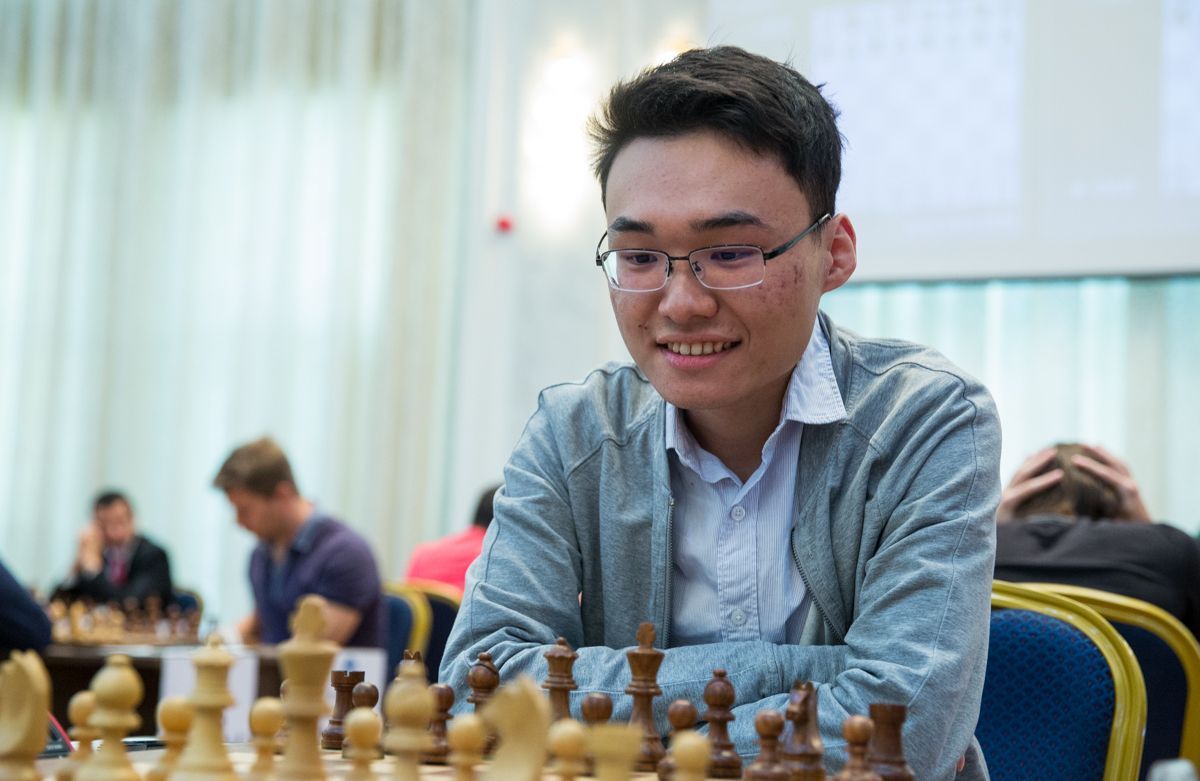
Elephant In The Room: The Karjakin Situation
Now we come to the other huge news of the past several days, Karjakin's six-month ban by FIDE. The Candidates rules dictate that Karjakin's spot goes to the highest-rated player on the May 2022 rating list (not an average over several months) who has played at least 30 rated classical games in the previous 12 months (since the June 2021 list).
This is quite the reprieve for several players in the Grand Prix, especially current world #4 Aronian, #6 So and #9 Giri.

GM Ding Liren (2799) currently out-rates them all but is 26 games short of the 30-game requirement. That leaves a chance for Aronian (2785), So (2778), or Giri (2773) to play well enough in the Grand Prix to gain several rating points, when they could potentially become a candidate even if their Grand Prix standing and tiebreaks don't get them there.
The Grand Prix remains the best of shot for almost everyone who's here for the third leg. There aren't many other tournaments they could play following the Grand Prix to try and bump their rating further, especially that would count in time for May 1.
"Almost everyone" is mainly because of So. Say he loses the final in rapid tiebreaks while Aronian has a bad tournament—you could well be looking at third-place Grand Prix finisher but Candidates rating qualifier Wesley So.
Conclusion
A few bullet points cover most of the possibilities in the Grand Prix:
- Rapport only misses the Candidates if Vachier-Lagrave or Giri defeats Nakamura in the final of Leg 3 and gains the tiebreak advantage over Rapport.
- Nakamura and Aronian control their own destiny and make the Candidates if they win the leg. Nakamura need only reach the final.
- If Nakamura does not win Group A, then Dominguez, Vachier-Lagrave, or Giri are guaranteed Candidates if they win Leg 3.
The likely outcome is Rapport and a Group A winner Nakamura or Aronian, unless that Group A player loses in the semifinals and Giri, Vachier-Lagrave, or Dominguez wins it all. In that case, the leg 3 champion plus Rapport will be the candidates. If Nakamura loses in the finals to one of those three, the candidates are Nakamura on 23 and whoever wins the tiebreak between Rapport and the leg 3 winner, which will depend on their scores in individual games.
Meanwhile, the new rating qualifier is looking like whoever has the highest rating after the Grand Prix that did not qualify via the Grand Prix itself. That will likely be Aronian or So, but perhaps Giri if Aronian wins the Grand Prix and So struggles.
It may all sound terribly complicated now but the group stage alone should help clarify a lot of things.
Leg 3 begins on March 22 so don't miss it! Who do you think will be the last players to earn their Candidates spot? Let us know in the comments below!




